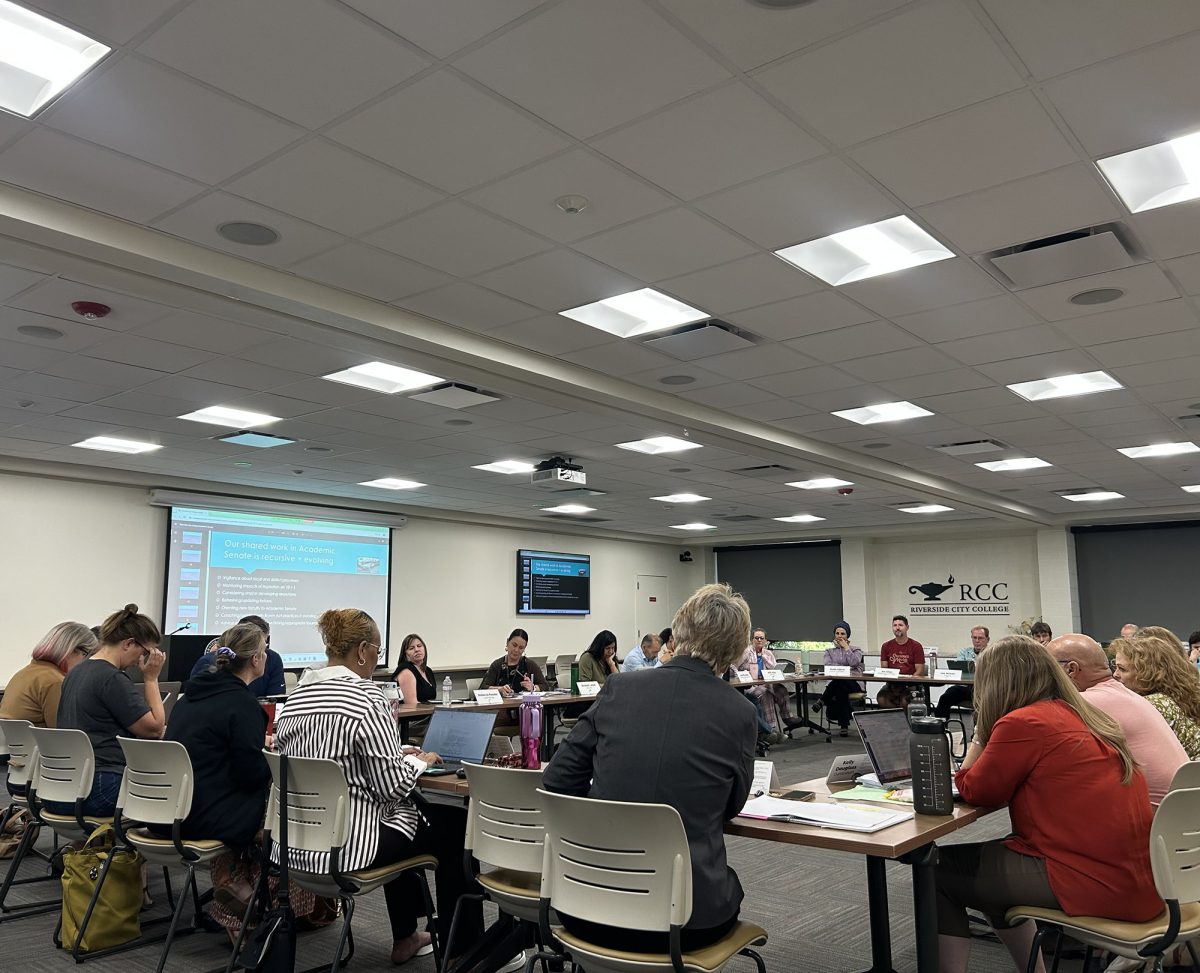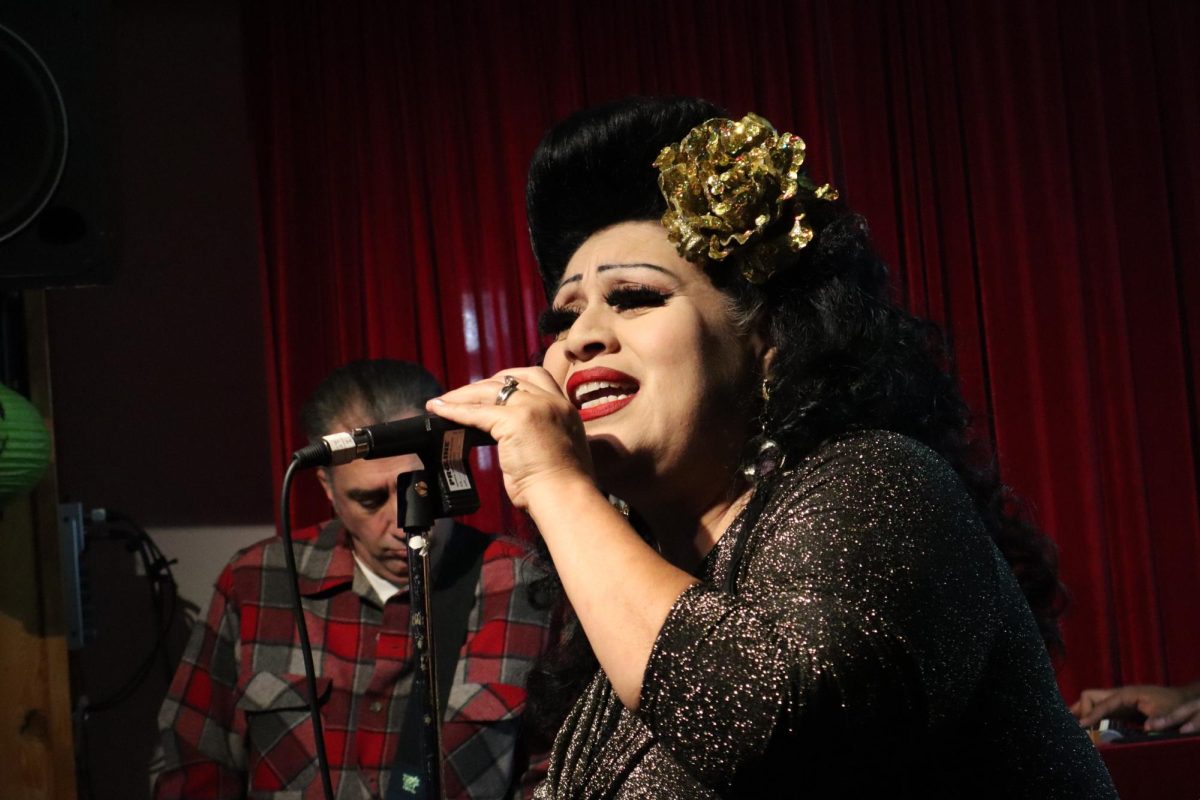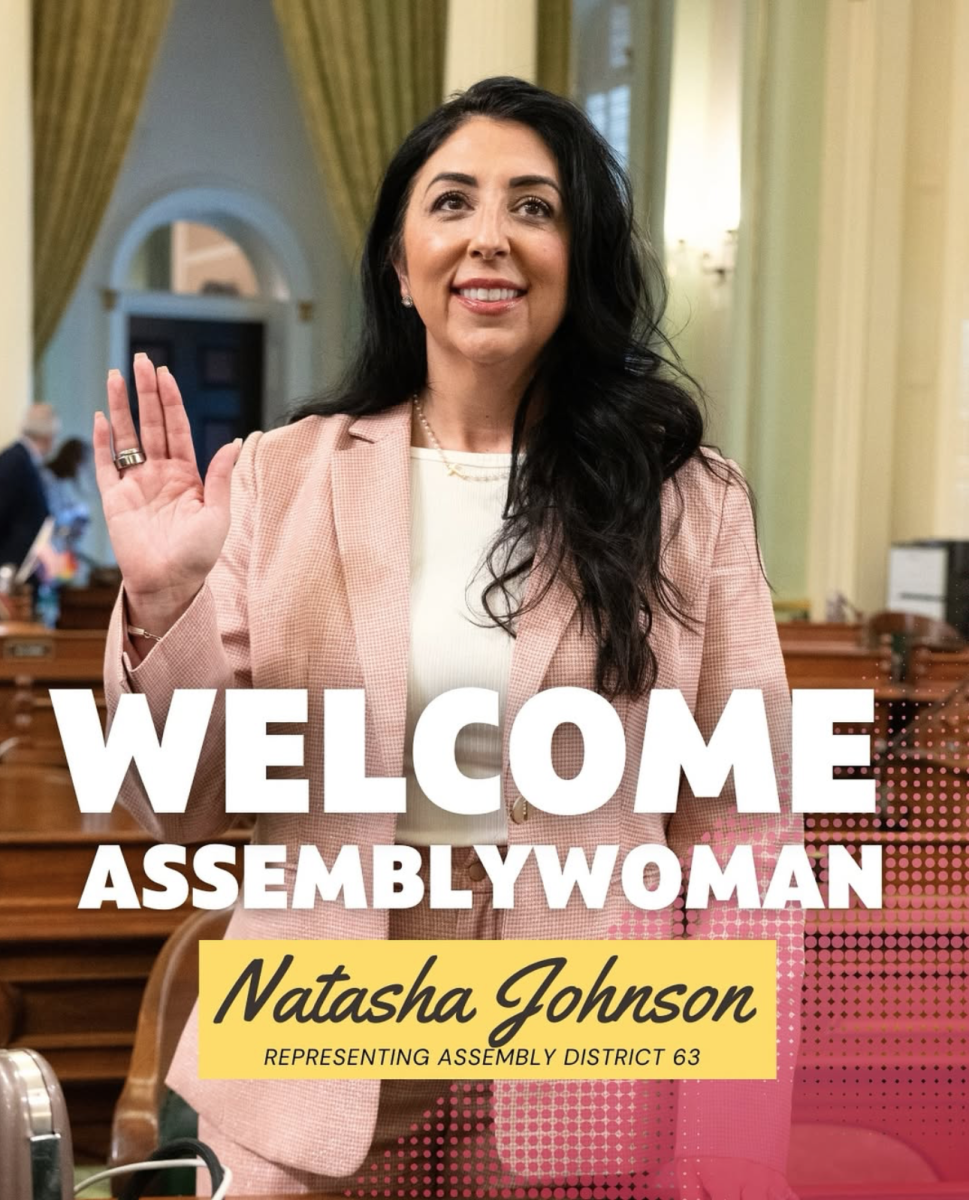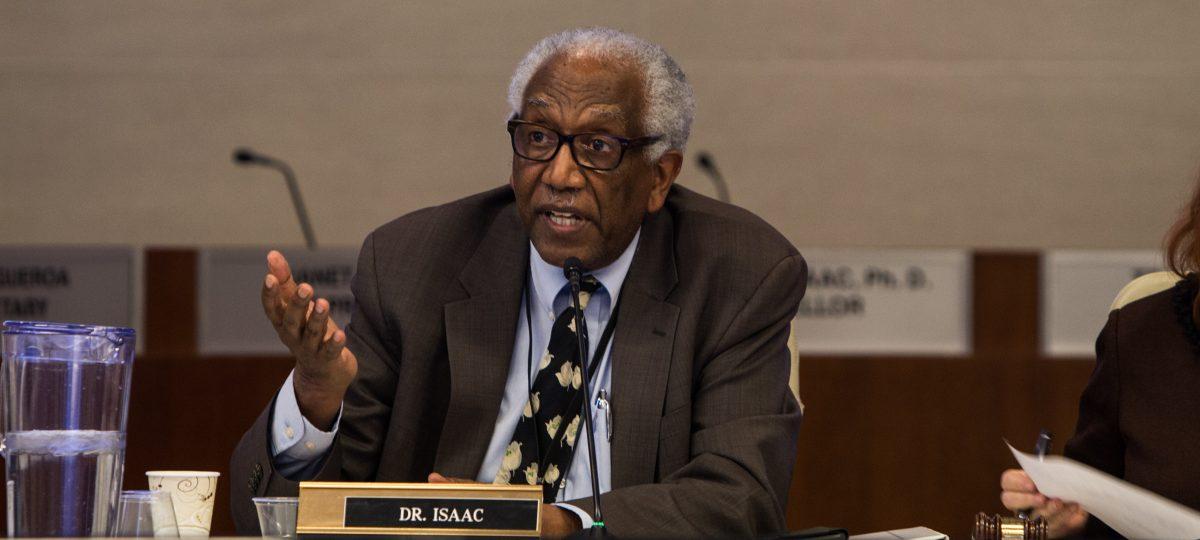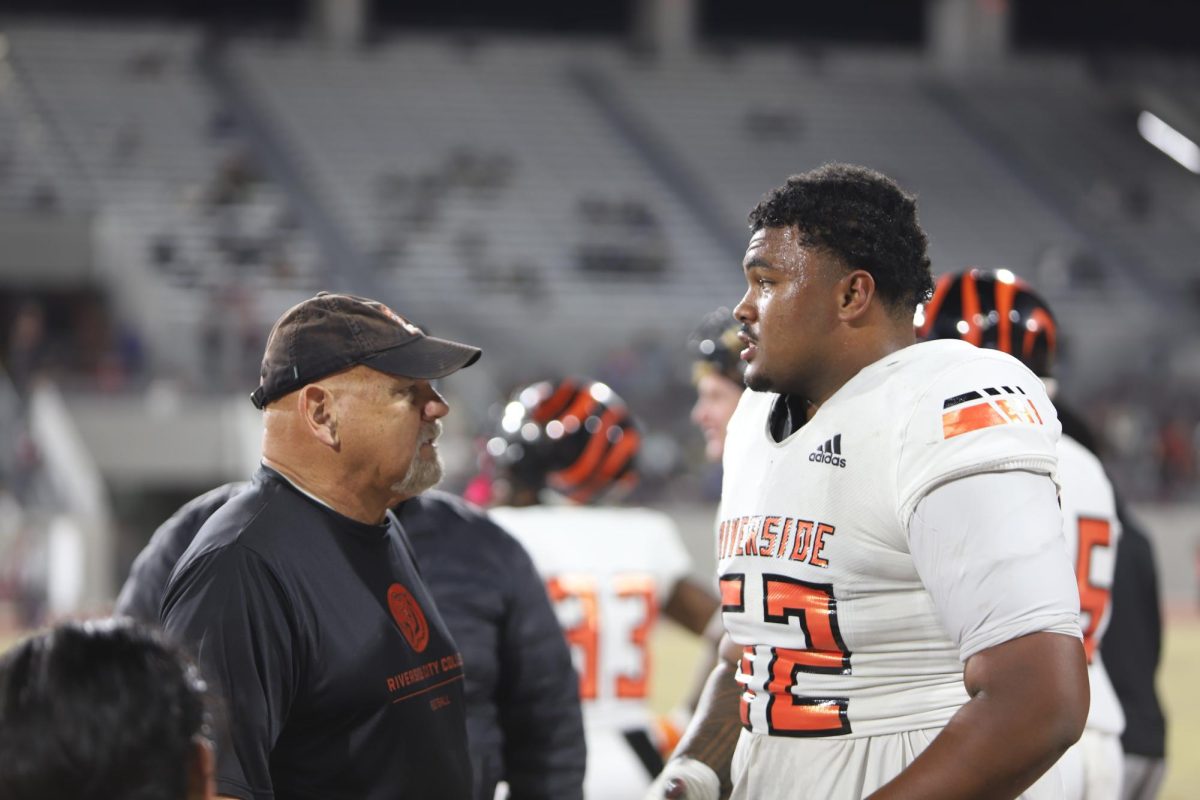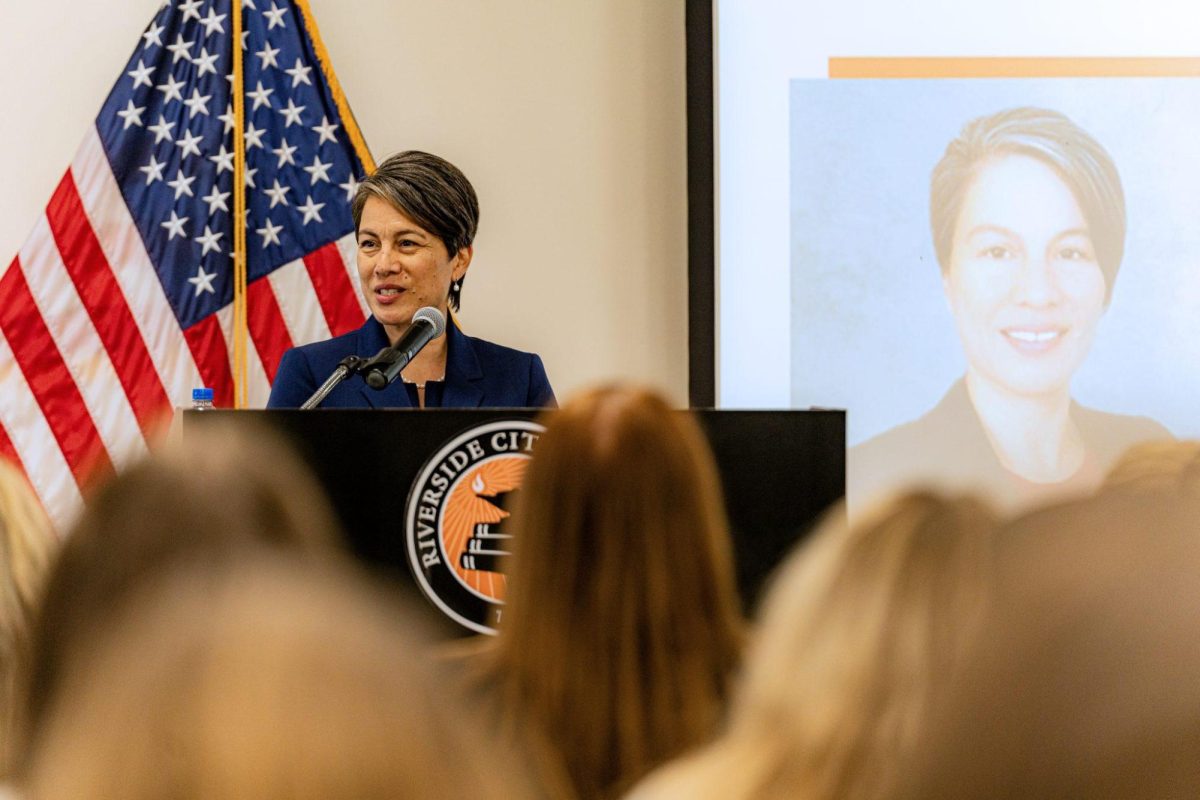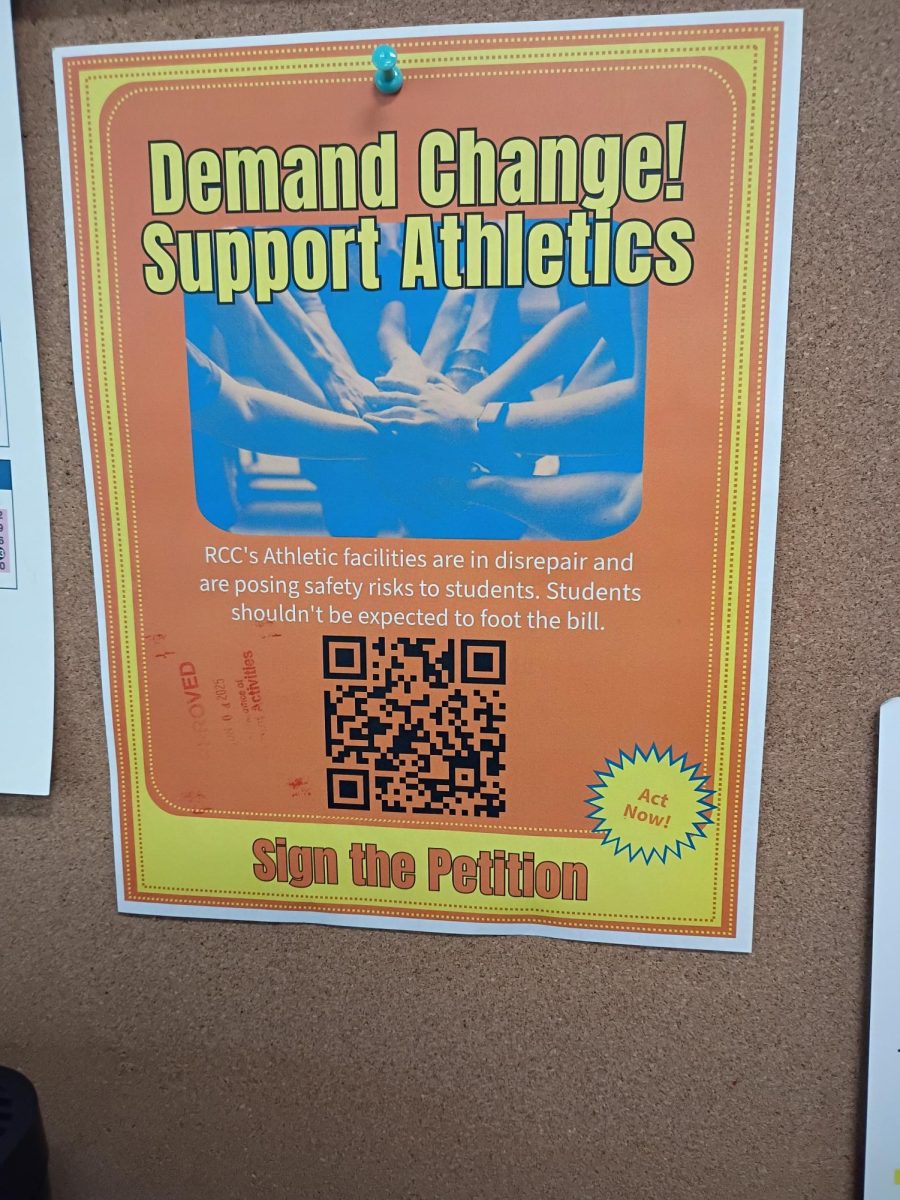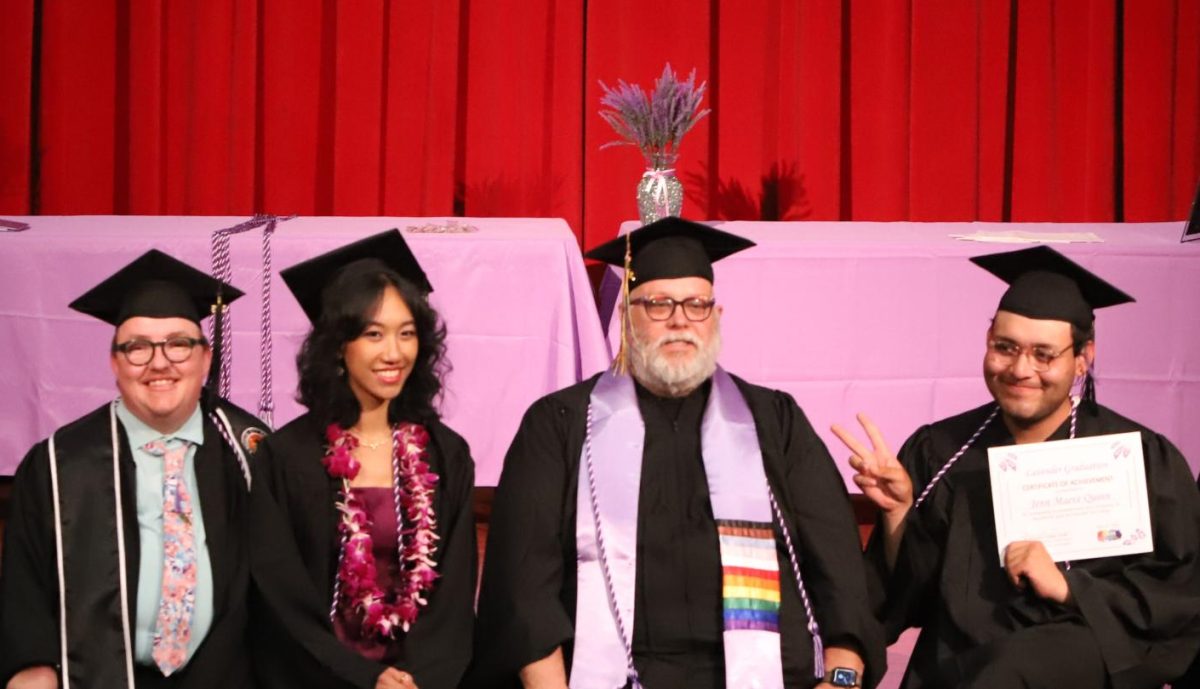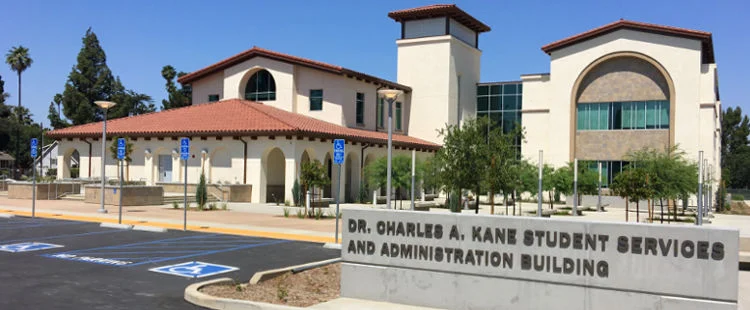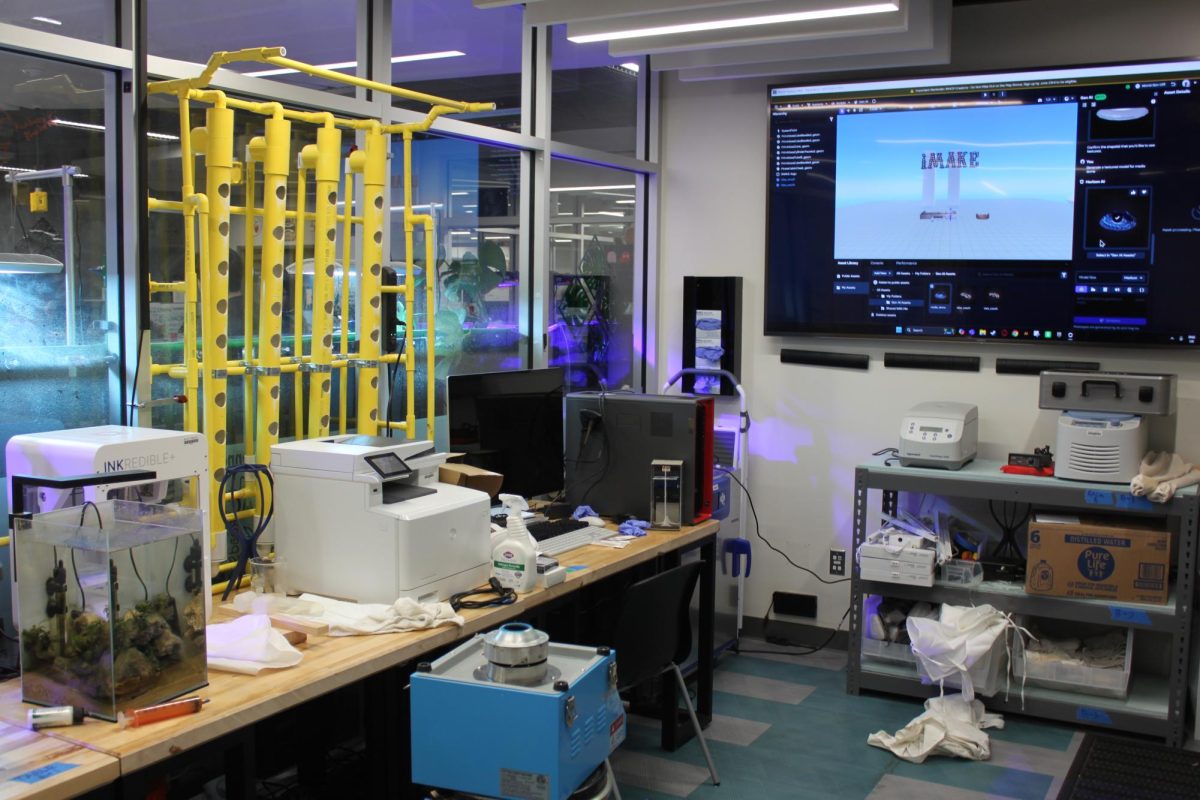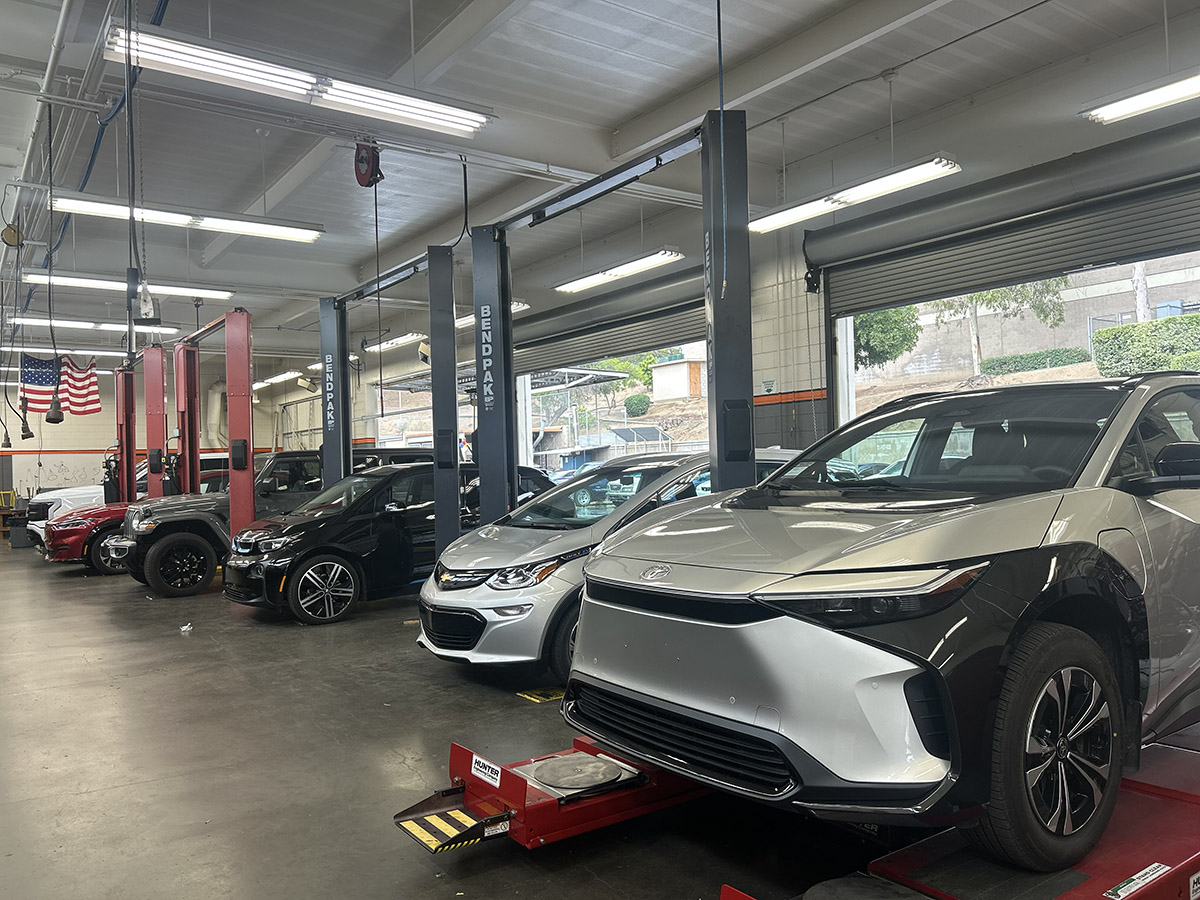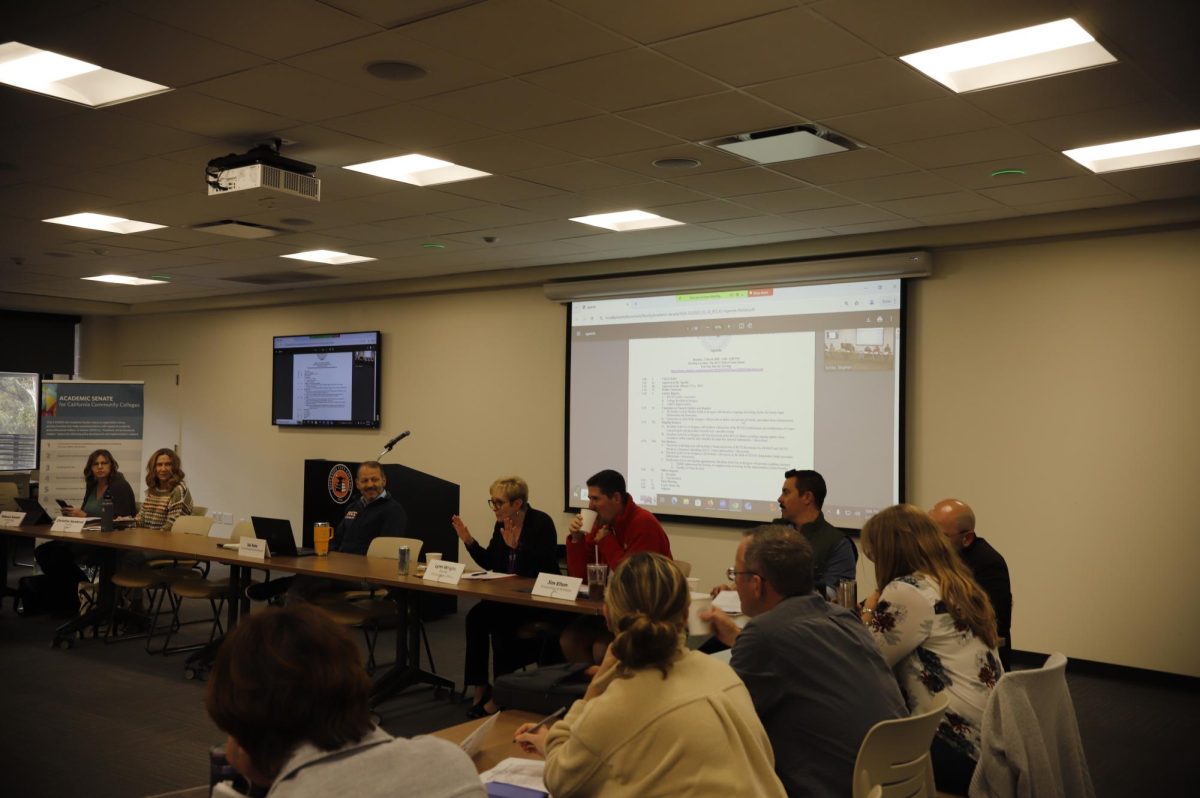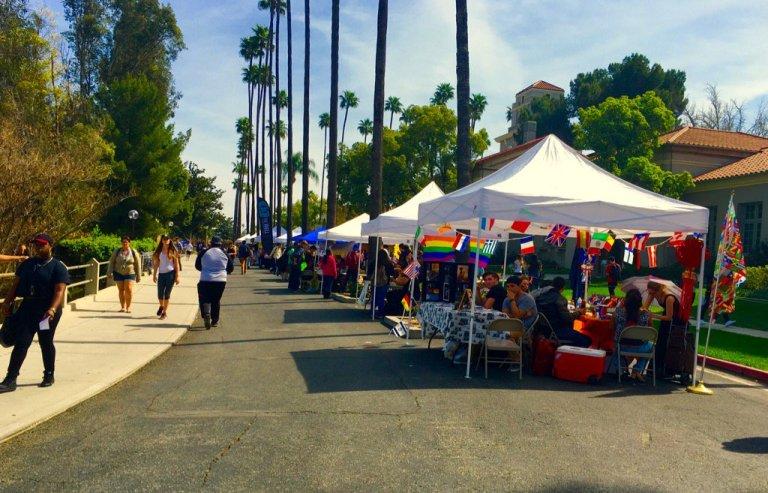
By Alyssa Aldrete
In the old days, the start of the fall semester at Riverside City College meant Terracina Drive would be lined with white canopies, colorful posters, and pop-up tables covered in flyers and sign-up sheets.
Curious mingling freshmen and returning students would surround these tables, all with one question in common: “Which club should I join?”
Club Rush is a days-long event during which members of several campus clubs set up information booths and sit for a few hours, eager to talk to anyone interested about what their club has to offer. Since the fall semester brings lots of first-time college students, it is an important time for these clubs, as it can impact them for the duration of the semester.
Joining a club is an integral part of the college experience for many students. If college is where a student comes to further their education and declare a major, joining a campus club can offer the opportunity of community within that major, or perhaps even just an interest.
“I like to think of these clubs as a community within the community,” Kwokwai Siu, applied media and digital arts instructor and advisor to the Graphix Club, said in a Zoom meeting Sept. 7. “We have the larger community of RCC, then we have the departments, and then the clubs. They give the students a sense of regularity; something to expect.”
But just like so many other activities and resources on campus, both Club Rush and the club meetings that follow, have been met with the challenge of how to move forward while staying physically apart.
Pre-pandemic, most clubs met in classrooms on a weekly basis. Club members also hosted guest speakers, attended workshops and planned social events that engaged the public in their goals.
Some of these events can be reimagined with a virtual alternative. But for others, clubs will have to get creative.
“I think every club is going to have to scramble,” Tim Gutierrez, sociology instructor and advisor to the Animal Alliance and Sociology clubs said during a Zoom meeting Sept. 7. “Without those opportunities and the ability to get together, I’m not exactly sure what their projects are going to be. They are going to have to try and hustle to find things that work for their mission that are going to be feasible under these circumstances.”
Gutierrez said that as far as recruitment goes, many clubs are getting proactive via any means they have in order to ensure that the opportunity to join their club is heard. The social media accounts for these clubs are being encouraged to stay active and advisors are taking some time at the beginning of Zoom class meetings to inform their students about their clubs. Members of the clubs are also being encouraged to ask permission from their other instructors to try to promote their club during a brief moment of Zoom airtime.
However, for some clubs this is a make-or-break moment in time, being that each club needs to have a certain number of active members in order to be recognized by the college.
“I would imagine a larger number than usual will lose their official status,” Gutierrez said.
Despite the inevitable challenges, both Gutierrez and Siu expressed hope for the continuation of the sense of community that these clubs will bring.
“When we’re together, we should be doing great,” Siu said. “When we’re apart, we should be doing even better.”


